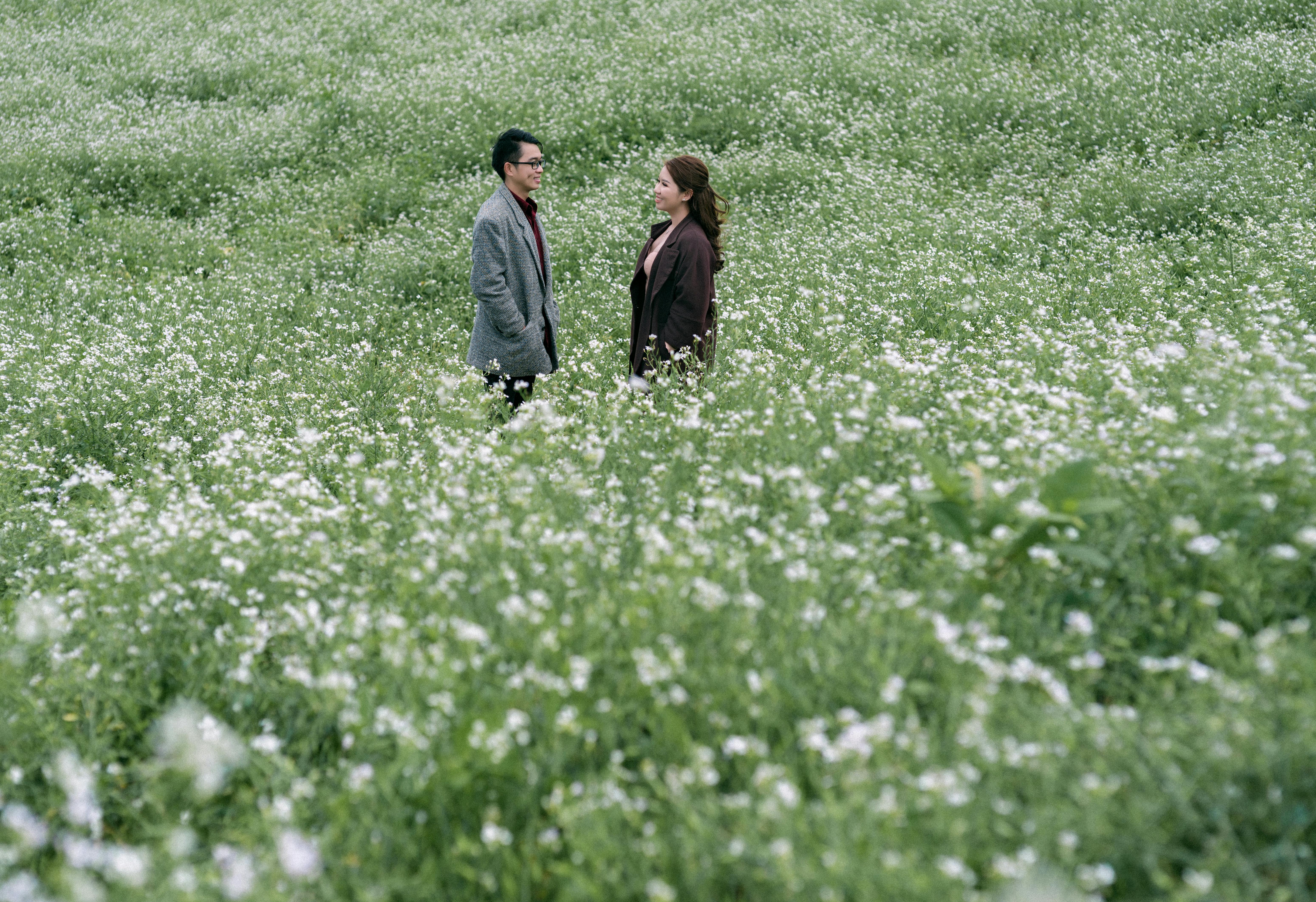
Designer chocolates, anyone?
The 1970s saw a rise in premium foods, and all those foodies were happily upgrading their sweet tooth with expensive European treats. Take designer chocolate, specifically Belgium’s Godiva, which opened up a whole new world, dominating the market with its golden boxes, sinful truffles, and high prices. We willingly cast aside old favorites like Hershey and Mars and went in search of richer, more elegant chocolate with prettier packaging. For the first time, many Americans no longer associated the word “truffles” with a fungus that pigs dug up in France. They were chocolate candies that produced almost a spiritual experience with an incredible bite. Even peanut brittle moved up a notch, as more expensive nuts replaced the humble peanut, chocolate replaced “brittle,” and almond or cashew bark took center stage.
So was the food culture, as Americans opted for a more sophisticated lifestyle, more expensive restaurants, and fine dining experiences. Having a bad day? Treat yourself. Feeling depressed? Nothing satisfies like chocolate. Looking for a hostess gift? That golden box of truffles will impress you. Importers jumped on this trend and more and more premium sweets flooded the shops, while some even opened boutiques offering their decadent food. Young professionals were no longer satisfied with their childhood Butterfingers, Hershey bars or Snickers. They wanted more and they got it. If you still preferred chocolate bars, Cadbury catered to larger sizes filled with nuts, raisins or caramel. Ghiradelli featured a foil-wrapped bag of milk or squares of dark chocolate, filled with raspberry, caramel or mint.
So who are these luxury companies that cater to our chi-chi popsicles? European chocolatiers like Lindfors, Perugina, Ghiradelli, Toblerone, Ferrero Rocher, Neuhaus, Lindt and, of course, the grande dame of them all, Godiva. Not to be outdone, American chocolate makers scrambled to compete, upgrading their packaging, expanding their repertoire and charging higher prices to meet the new demand. And just as Americans were looking for better coffee instead of the standard grocery brands, they were also buying better sweets for baking. Even the tried and true Toll House bites put their first competitors at Ghiradelli and expensive regional brands. Cleverly marketed, they promised to produce a better-tasting chocolate chip cookie, and some bakers took notice.
So have we stepped back and renewed our allegiance to more modest and much less expensive brands? Not soon. In 2007, two brothers named Mast dared to charge ten dollars for a “better” chocolate bar, and like moths to a flame, chocolate fans gobbled them up. Online, you can buy their “collections” of different chocolate bars, nicely packaged. Six bars are $45, but some are made with goat or sheep milk, which justifies the cost, they say. A single bar will set you back eight to ten dollars. (Eat very slowly.)
And we haven’t even started on the organic or rainforest chocolates. Too daunting to even think about it.


